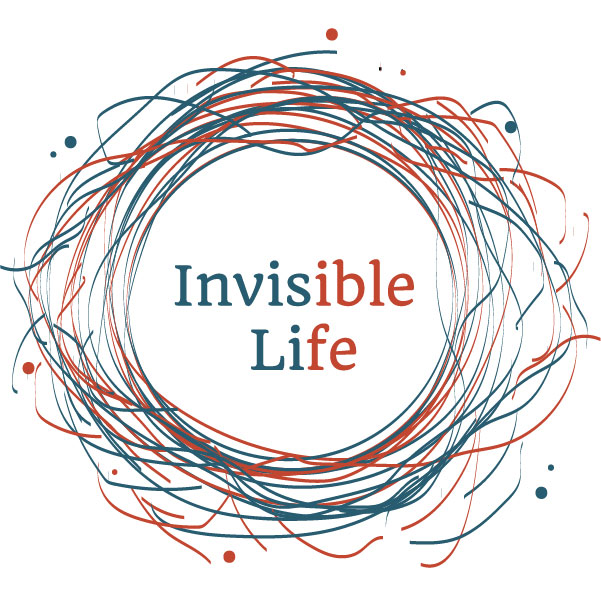Invisible illnesses affect at least 13% of people worldwide. It can affect anyone, regardless of age, race, or gender, although many more women suffer from illness and chronic illnesses compared to men.
One-quarter of Americans suffer from invisible illnesses, yet don’t use a wheelchair, cane, or other visible mobility aid for a visual cue that they are sick or disabled.
Learn the definition of invisible illness, all that it entails, and how it is different from other terms like disabled and chronically ill below.
What Is An Invisible Illness?
An invisible illness is when someone is ill but doesn’t appear so to the casual observer. If you saw them walking down the street, you would not know that they were sick. When they display a handicapped parking spot in their car’s front mirror, you may wonder why they need special parking.
People
- Don’t look sick
- Don’t look disabled
- May need a mobility device
- May have an ostomy bag, fake leg, or other aid not visible to the naked eye
Invisible Illness vs Chronic Illness
Not all, but many invisible illnesses are also chronic illnesses. Chronic illness is when the person who is ill has had the condition for over a year. Some invisible illnesses can be lifelong, while others can get better or worse for periods.
Learn more about chronic illness here.
Does An Invisible Illness Mean Disabled?
Many invisible illnesses impact a person’s ability to complete day-to-day activities, such as working, caring for themselves, and getting around. However, it is best to not immediately assume that someone with an invisible illness is also disabled.
Depending on the severity of the condition, people may still be able to work and be fully independent. For example, someone with minor depression, although still being affected by its symptoms, is likely to be able to support themselves and live independently.
Is InvisibleIllness Only Physical?
All though invisible illnesses can be physical, many are mental or psychosomatic. Common invisible illnesses include depression and PTSD (post-traumatic stress disorder).
Common Invisible Illnesses
Cognitive
- Alzheimer’s
- ADHD
- Autism Spectrum Disorder
- Dyslexia
- Traumatic Brain Injury
Mental Health Disorders
- Anxiety
- Borderline Personality Disorder
- Depression
- PTSD
- Schizophrenia
Physical Disorders
- Celiac Disease
- Chronic Fatigue Syndrome
- Chron’s Disease
- Diabetes
- Fibromyalgia
- Lupus
- POTS
- Arthritis
Common Stresses of Being Chronically Ill
Unfortunately, there are a lot of things to manage when you are chronically ill. Commons stresses include:
- People do not believe they are ill because they look ‘fine’
- Struggling to use a needed mobility device or aid in fear of judgment of others
- Comparing themselves to others and convincing themselves they don’t have it nearly as bad
- Living with the physical and mental effects of the illness
- Continual doctor and specialist appointments
- Financial tole of not being able to work, and added cost of treatment and aids
- Navigating relationships and self-image when ill
- Coping with isolation, and griefing past life
What You Can Do To Help
When it comes to invisible illnesses, the best advice is to mind your own business and never assume someone doesn’t need their parking pass or other aid.
If you are still curious, you can ask the person politely about their ailment or need for aid but don’t take offense if they don’t feel comfortable sharing personal details with you.
You can further help by spreading awareness of invisible illnesses and educating those around you about the correct and wrong assumptions surrounding invisible illnesses.
For those suffering from invisible illnesses:
- Share your condition with trusted people who will offer support and compassion
- Join support groups of others who also suffer from some form of invisible illnesses
- Stay informed on the latest developments and treatments for your condition
Key Points
- An invisible illness is when someone doesn’t look ill or disabled to the casual viewer
- Many people with invisible illnesses are also chronically ill (being affected by an illness for over a year)
- Not all people with invisible illnesses are disabled or need a mobility device or external aid
- Invisible illness include cognitive, mental, and physical conditions
- The best thing you can do is never assume someone is or isn’t sick based on how they look

